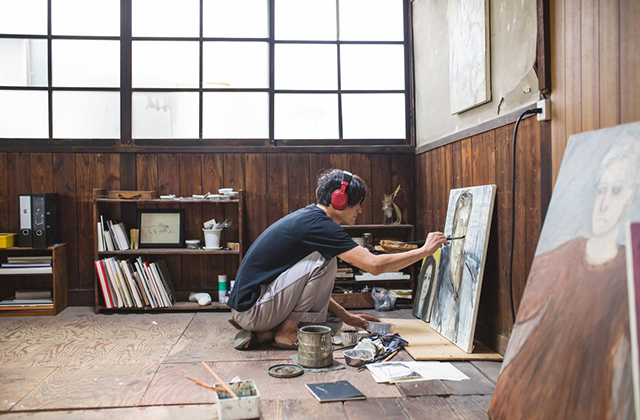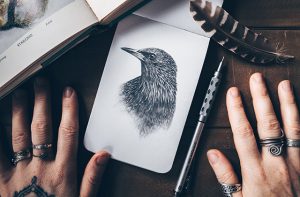Tv storyboard often include directions for camera angle, lighting, and transitions, along with dialogue and other notes. When it comes to selecting artist materials the individual is thoroughly spoilt for choice as the selection is so vastly varied. An amazingly diverse range of artist materials are on offer, allowing the artist to create works of art using an almost limitless selection of textures and colors, which are readily at their disposal.
Each artist must find the medium that best suits their style and specific requirements. Are you a fan of canvas or paper? Are you more at ease with the wonderful textures of oil pastels or do you prefer the selections available in oil paints? Do you prefer applying paints with a sponge, a finely bristled brush, your fingers or even using an orange stick? Brushes range from fan shaped to as broad as a mans palm or fine as a few eyelashes.
Early cave dwellers first began depicting aspects of their daily lives and images of the world they saw around them by applying pigments to the walls of their caves. These early pigments were made from powdered elements like chalk, shell, iron ore, iron oxide and other naturally occurring materials. The pigments were applied by mixing them with saliva and applying directly to the stone or by using moss or animal hair.
Modern pigments are manufactured in an industrial environment and have undergone extensive testing to ensure that you are using a fine quality product that will deliver the best results during application. Color formulations range from primaries to pastels and every color in between to meet your specific needs. The testing of paints for ever improving quality products costs paint companies millions of dollars.
Different media will require different materials, a good example being that you would not use oil paints to work on silk or delicate textiles. Special paints have been designed for this purpose. The art of painting on fabric is a world wide popular pastime that has created a billion dollar industry.
Many artists use a product called gouache, a liquid gum product that is mixed with pigment for improved viscosity and to hasten the drying time of traditional oil paints. Oil and acrylic paints are traditionally applied to canvases, squares of material that are pulled taut and nailed to a frame before being primed with a base coat.
Other options include working with chalks, water colors and inks which are traditionally used on a special type of paper designed for this. Whether you choose paint on canvas or ink on paper, each technique can take time to master with each artist finding their own unique methods of application. Working with colored pencils is also a very popular option.
A further option available to artists is mixed media, which amounts to just about anything! Material, beads, cork, veneer, natural materials like bark or sea shells and many other items can be combined with traditional paints, pastels and chalks to create an innovative and exciting color and texture palette as a feast for the viewers eyes. Storyboard artist film is productive because of the tech that they are enjoying right now.



